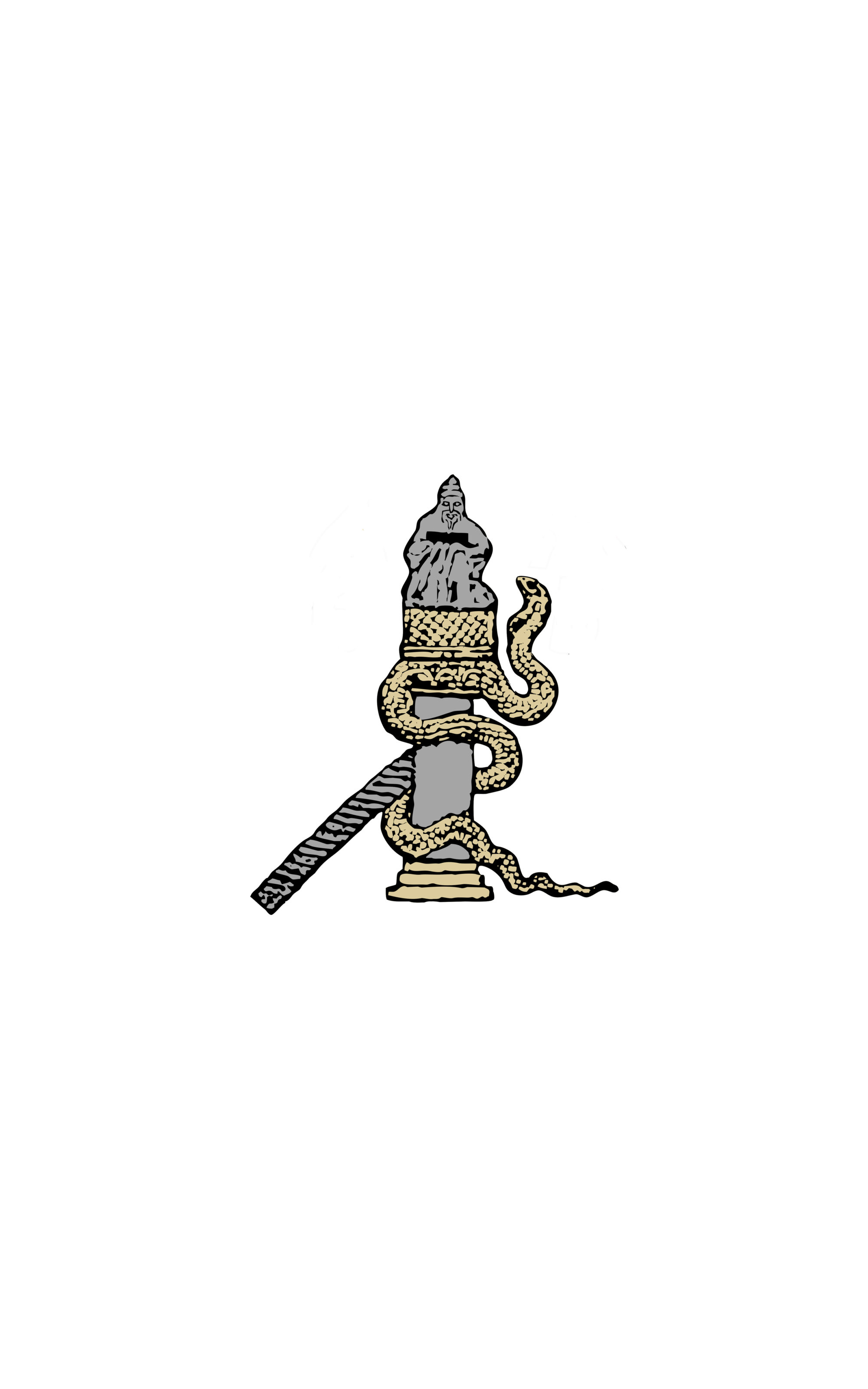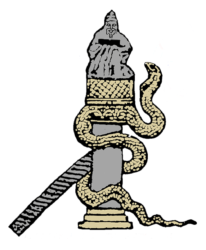Victory-Angel : the “conversion” of a Roman divinity in Early Byzantine coinage.
Dimitrios Krikelikos (Université d’Aristote de Thessalonique)
After the final victory of Constantine I over Licinius, in 324 A.D., the depiction of the ancient gods on coins came gradually to its final end. Nevertheless, the imagery of some personifications was not completely abandoned, to the extent that it could serve the imperial ideology, in terms of political and religious propaganda. This also holds true of the winged Victory, who was now assigned a new role, one that conformed to the official religion of the Byzantine Empire. Such an appropriation of ancient symbols was rather symptomatic of the formation process of the new imperial ideology and theology, which largely involved the connection of the paganistic past with the Christian doctrine.
Constantine and his immediate successors enhanced the iconography of Victory on coins with Christian attributes, the presence of which, rather discreet at the beginning, was to become much more prominent under the Theodosian dynasty. To the eyes of the viewer of the Early Byzantine period, this new Christianized iconography of Victory relayed the bond between the state and the new religion and conveyed the new role of the figure, which was to allude to the predominance of Jesus Christ over paganism and – from an eschatological point of view – over death. The dissemination of such messages among the masses was effectively promoted by the wide circulation of coins and gradually led to the transformation of the airy, female Roman Victoria into a less delicate, sexless Byzantine Angel.

